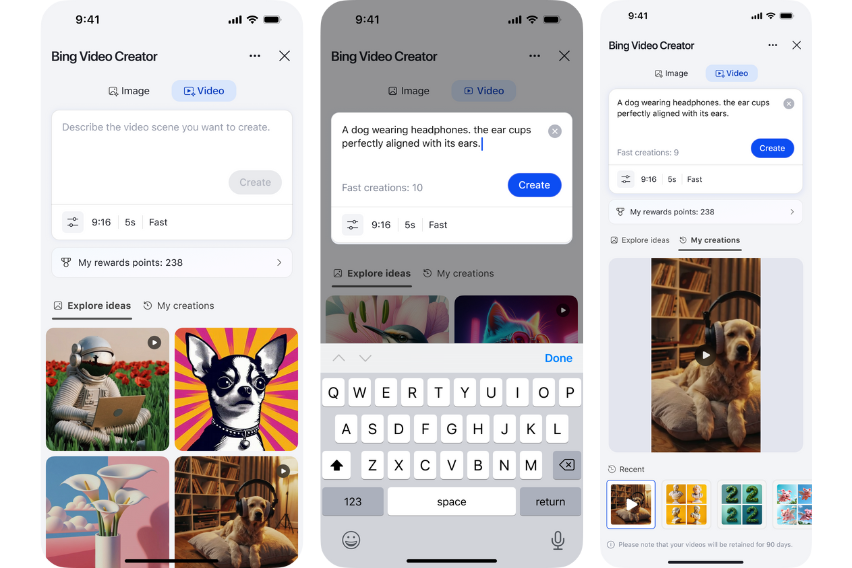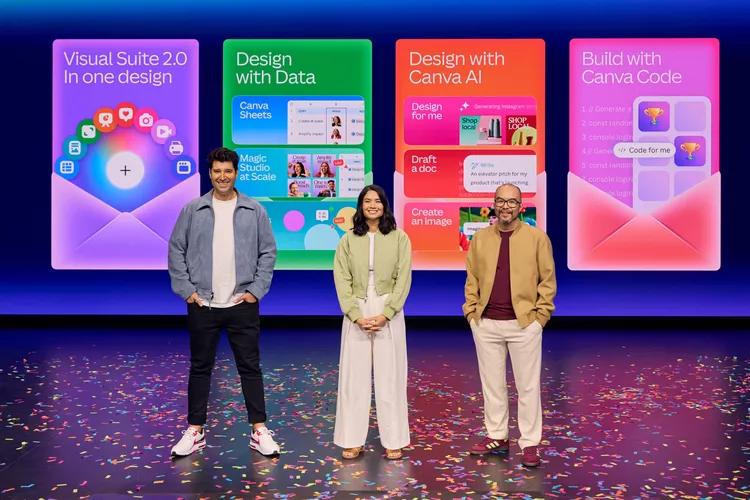Figma, the UI design platform beloved by designers, developers, and product managers, is working on a tool that will let users create apps using AI. To be honest, it’s long overdue with its existing integration systems with different web dev platforms, AI or not.
Spotted by a well-known security researcher (ex-Meta), Jane Manchun Wong, who is known for uncovering hidden features before they drop. According to Wong, the upcoming tool will allow users to input natural language prompts, upload Figma files, or include images, and the AI will generate app interfaces in response.
The functionality is reportedly powered by Claude Sonnet, the LLM developed by Anthropic, which is known for its conversational fluency and safer AI alignment goals.
Figma Sites: Website Building Goes No-Code
Figma is working on an AI App Maker
– Accepts text prompt, Figma files, images, etc. as input
– Powered by Claude Sonnet LLM via Supabase pic.twitter.com/q8er9z5gFX
— Jane Manchun Wong (@wongmjane) April 19, 2025
In addition to the AI app builder, Wong also revealed that Figma is testing a feature called Figma Sites. This new tool will enable users to build and publish responsive websites using pre-built blocks and preset interactions, all without needing to write code.
Figma Sites seems to be aimed at creators, small startups, and designers who want to get functional sites live with minimal development overhead—think Webflow, but integrated right into the Figma ecosystem.
Competition Heats Up: Devs Are Skipping Figma for AI Tools
But not all signs point to smooth scaling. Figma is facing increasing pressure from emerging AI-first coding tools like:
- Replit
- Lovable
- Cursor
- Windsurf
- even rabbitOS
Some developers now prefer to go directly from idea → AI → prototype, cutting out traditional design tools altogether.
This tension recently spilled into the open when Figma sent a legal notice to Lovable, telling them to stop using the term “Dev Mode”, which Figma claims as a trademark.
In a post shared by Paul Graham, co-founder of Y Combinator, he mentioned that a CEO of a “moderately big tech company” had already replaced Figma with Replit.
“Replit is so good at generating apps that they just go straight to prototype now,” the CEO reportedly told Graham. “This surprised me because I don’t even think of them as being in the same business.”
But as AI-first tools simplify prototyping into a few lines of code, the big question is: will users still start with design, or go straight to build? And how will users know which of these platforms is better?








